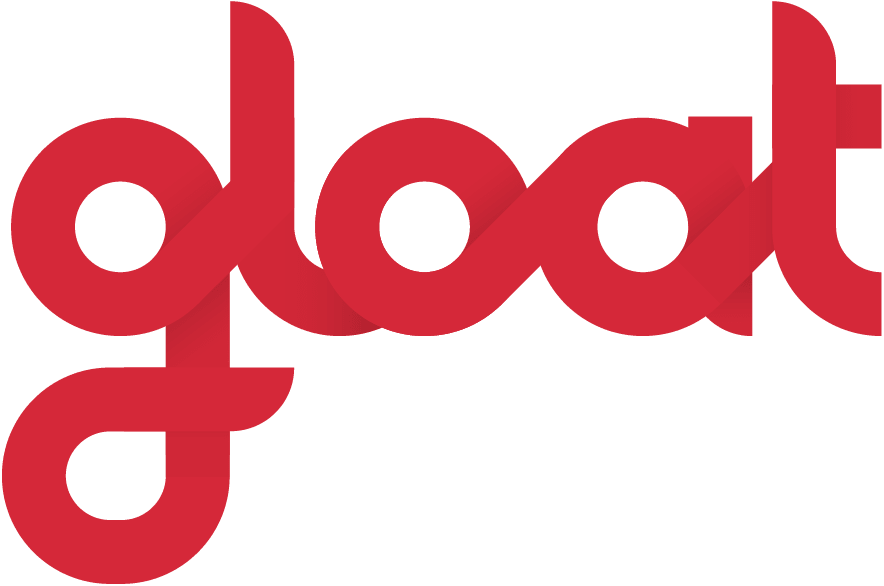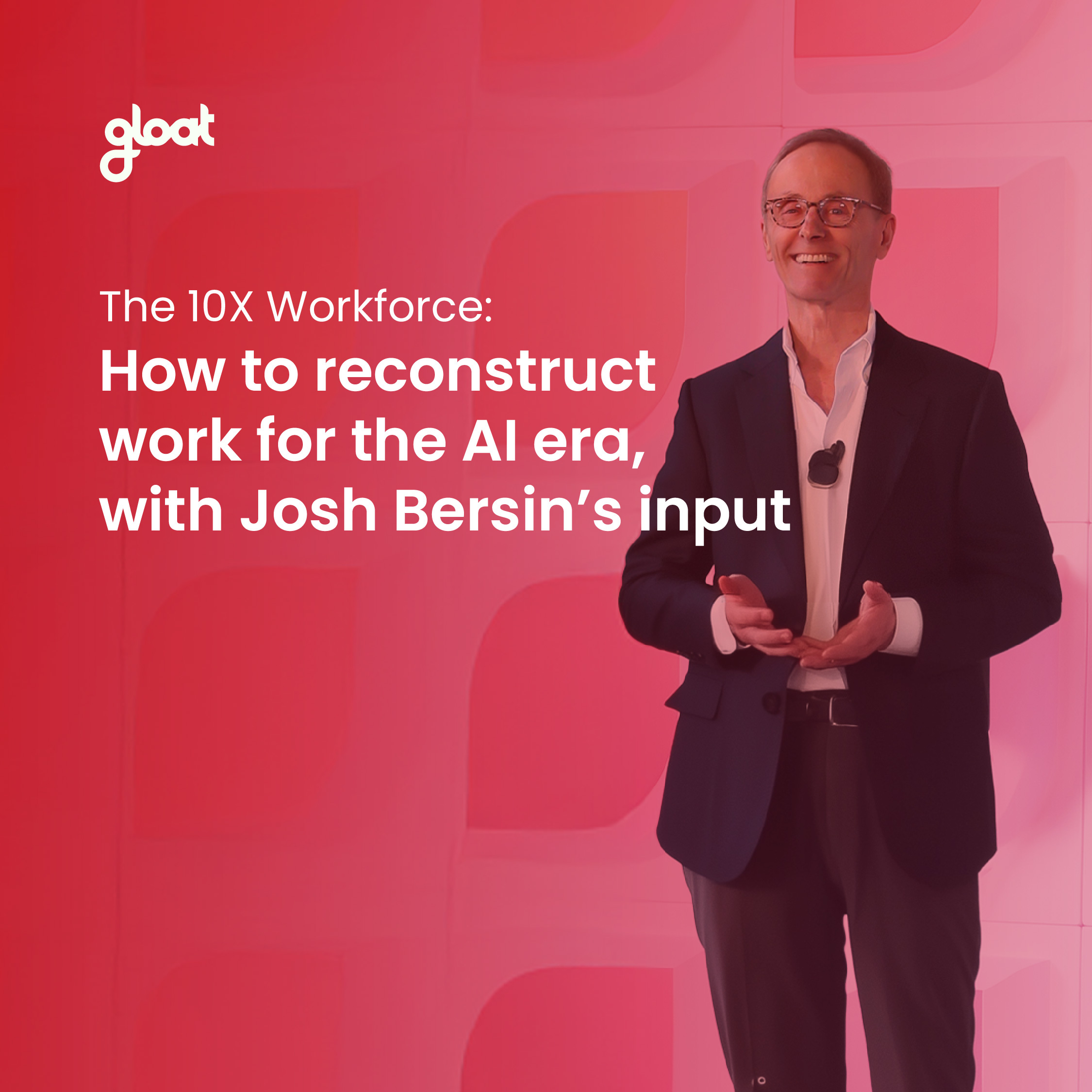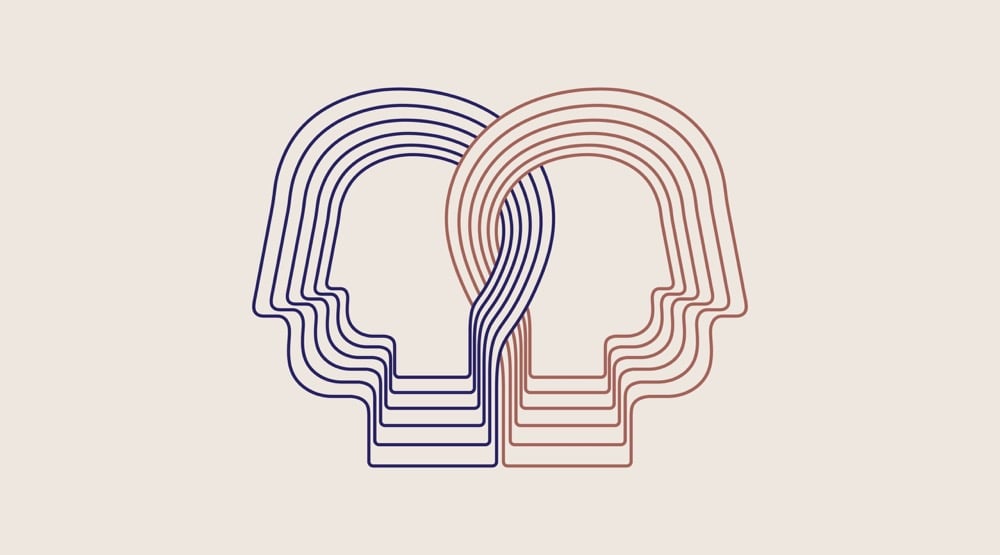Building the 10X Workforce: Five Key Takeaways from Josh Bersin’s Blueprint for Exponential Performance
What everyone’s favorite industry analyst wants leaders to know about AI transformation
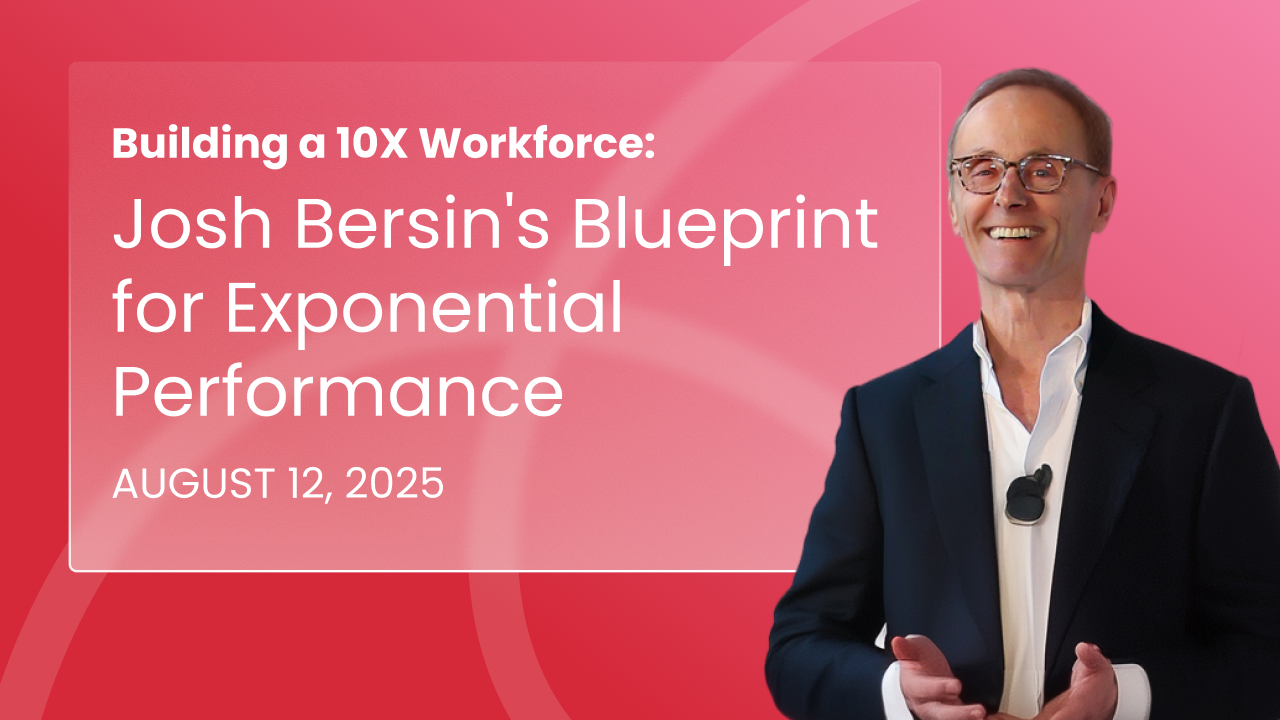
The working world has changed dramatically in recent years, but our most seismic shift lies ahead. AI and automation are no longer theoretical tools that might transform work; they’re rapidly becoming integral to our daily operations. During our conversation with leading industry analyst Josh Bersin, we explored his groundbreaking “Superworker” concept and discovered how organizations can build a “10X workforce”—teams that deliver exponential performance rather than incremental improvements.
Bersin’s insights reveal that our trillion-dollar AI transformation opportunity isn’t primarily about technology; it’s about reimagining how we orchestrate work in a world of intelligent systems. HR leaders find themselves at the center of this reinvention challenge, with the opportunity to transform employees into Superworkers and organizations into exponential workforces.
5 action items to develop your own exponential workforce
Here are the five most important takeaways from our conversation about building blueprints for exponential performance:
#1. Move beyond individual AI adoption to dynamic organizational redesign
While most companies are using AI for surface-level productivity enhancements, the real opportunity lies in systematic transformation. Bersin explains that organizations must progress through three levels of AI maturity: individual use, collaborative agents across roles, and ultimately, autonomous end-to-end processes.
“If you’re stuck at level one where everybody in the company is independently trying to figure out how to use ChatGPT or Galileo or whatever they have, and you’re not bringing it together into major use cases, you’re going to be overtaken by a company that is,” Bersin warns.
The solution is what he calls “dynamic org design”—continuously evolving use cases as AI capabilities improve, working with business leaders to reorganize different areas to take advantage of AI agents. This isn’t a one-time project but an ongoing process of adaptation and optimization.
#2. Embrace both bottom-up experimentation and top-down strategic focus
Successful Superworker strategies require a dual approach that Bersin emphasizes as critical for transformation success. The bottom-up component involves empowering employees directly: “Bottoms up means you’ve gotta teach people what AI is. You’ve got to give them access to it and let them experiment and give them the opportunity to talk to each other,” he explains. This grassroots experimentation creates what Bersin describes as organic innovation: “You’ve got the flowers blooming. Some of the flowers are bright. Some of the flowers are falling apart, but whatever. So all these things happen.”
However, employee experimentation alone isn’t sufficient. Bersin stresses the need for top-down governance: “From that groundswell of activity, you need from the top down some form of a steering committee or a process to collect information from what people are doing to share it and then decide which of these turn into big bets.” Without this strategic oversight, promising initiatives lose momentum.
“What we found is that if you don’t have this steering committee or governance process on top, the experiments will happen, but they kind of flame out, and they don’t end up being huge ROI projects,” Bersin warns. The most successful organizations combine widespread employee engagement with focused strategic direction to ensure that creativity and experimentation translate into transformational business impact.
#3. Prioritize talent density over traditional linear scaling
Bersin challenges the traditional “more people equals more output” mindset with his concept of talent density. Instead of linear scaling—where two people do twice as much output as one—talent density asks: “Can we double, triple, or even quadruple the revenue, output, or customer service with each new person?”
“The way to test that idea is to say to the person who’s trying to hire somebody, what would happen if I said you’re not gonna get any more people for a year, but you’re still gonna have to double your output? You know what? They would figure it out,” Bersin explains.
This isn’t about firing employees; it’s about maximizing the potential of existing talent through better tools, processes, and mobility. AI enables talent density by automating routine tasks and allowing people to focus on high-value activities.
#4. Break free from Industrial-Era silos through connected work systems
The traditional functional structures that served the Industrial Age are becoming obsolete. “Now that we can connect all this stuff together, it turns out that it makes a lot of sense to understand the relationship between sales and marketing, marketing and product, product and pricing,” Bersin observes.
Modern work platforms must move beyond the transactional nature of the legacy ERP systems built for the Industrial Age. While companies won’t abandon their financial and payroll systems, they need a dynamic layer that sits between systems of record and actual work activities. Gloat exemplifies this evolution—what started as talent marketplace technology has become “existential enabling technology for this dynamic Superworker organization,” in Josh Bersin’s words.
These platforms create what he calls “systems of work” and “systems of activity” that enable the fluid, connected operations necessary for Superworker success.
#5. Reimagine HR’s role as a business transformation partner
Perhaps most importantly, HR must evolve from administrative function to business transformation partner. “You need to be involved in the business part of these transformations. Don’t get bogged down in the HR architecture-y stuff,” Bersin advises.
This means partnering closely with business leaders who drive transformation initiatives, rather than attempting to lead AI adoption from within HR silos. The most successful approaches involve business leaders identifying specific transformation opportunities, with HR providing the people strategy to make those transformations successful.
HR leaders must also address the cultural challenges of transformation. Many organizations struggle with making difficult decisions about role changes and reorganization. Creating a “cultural manifesto” that frames the Superworker journey as beneficial for everyone becomes essential for maintaining engagement during periods of significant change.
Build your Superworker organization with Gloat
The convergence of AI capabilities, dynamic work platforms, and evolved HR practices creates an unprecedented opportunity to build truly exponential organizations. Companies that master the balance of experimentation and focus, embrace talent density over linear scaling, and break down Industrial-Era silos will create exponential advantages.
Platforms like Gloat are already helping organizations realize this vision through Signal, which quantifies automation potential, calculates precise ROI, and identifies strategic priorities for AI transformation. By enabling internal mobility, facilitating cross-functional collaboration, and providing the infrastructure for dynamic career development, we also help leaders turn their employees into Superworkers. As Bersin notes, “Just the talent marketplace technology you guys built alone improves talent density.”
Want to learn more about building your own exponential workforce? Check out our guide on the 10X workforce to uncover more transformation tips from Josh Bersin himself.
